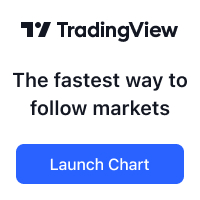While shopping for some fresh fish and vegetables in Victoria market this morning, some random thought came into my head. Why do you fear when holding a position overnight? Because you are not confident or not sure about your setup and strategy. Next, because you are not risking the amount that you are comfortable with. […]
blogs
Today’s coffee thought
Maybe I had been staying in Singapore for too long, I tend to work or live by rules. Here is something for you to think about. When crossing a road with moderate traffic, would you rather press the ‘cross’ button of traffic light and wait for the green light before crossing? or you will take […]
Today’s coffee thoughts
Something for you to think about. You own a cafe, you manage to get some nice coffee beans at pretty low price, and selling a cup of coffee with normal market price. But, your cafe is located at some odd location. And you only have a couple of office workers patronize during working days, and […]
Cheetah teaches trading
To wrap up the year, here is an interesting video. Watch it, see if you are able to link it to your trading. She won’t charge, unless she gets really close
Year end review?
This is the last trading week for the year 2007. It is unlikely for me to trade since I am rushing to finish some work and preparing to head to Sydney this coming weekend for my Christmas break. Well, if you do not achieve your trading target or your trading ‘dreams’ for 2007, it is […]
45 ways to avoid losing money trading Forex
I found this article from a forum. It is interesting. Though I do not agree with everything he says, there are some good points. According to the forum poster, this list was composed by Jimmy Young, who is a retired professional Bank Forex trader with over 20 years of hands-on forex trading experience. Pretty long […]

